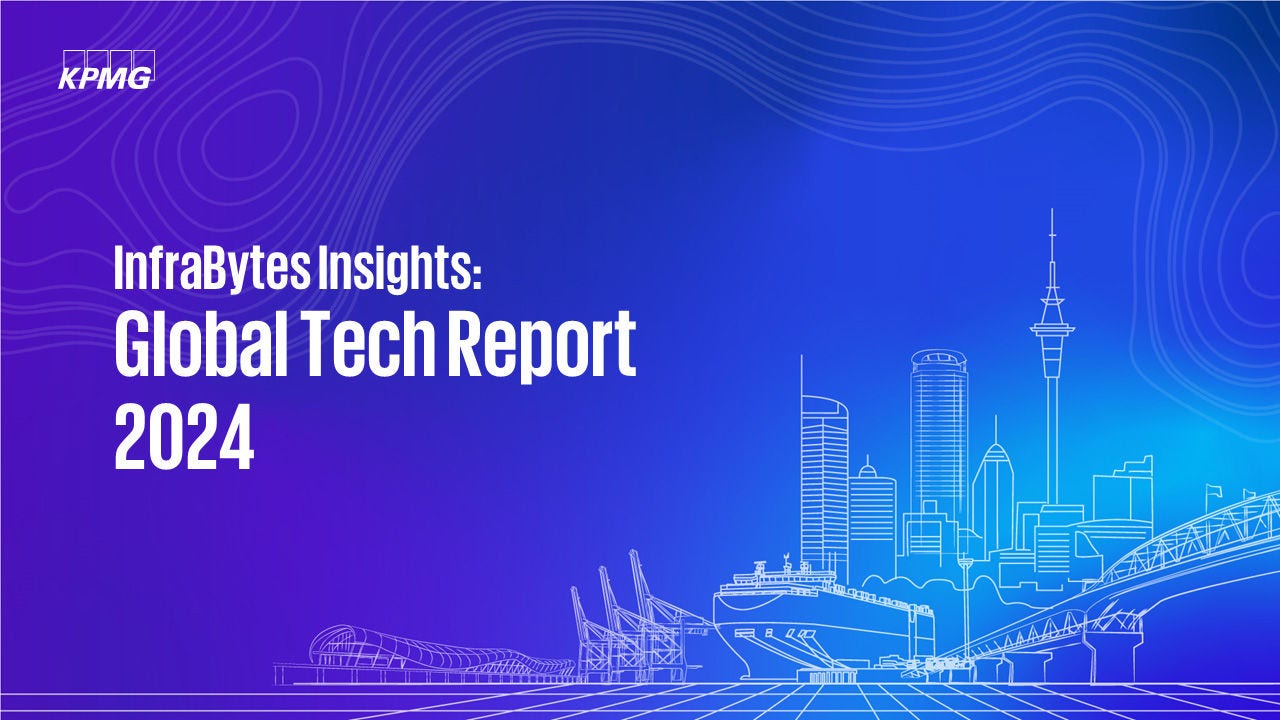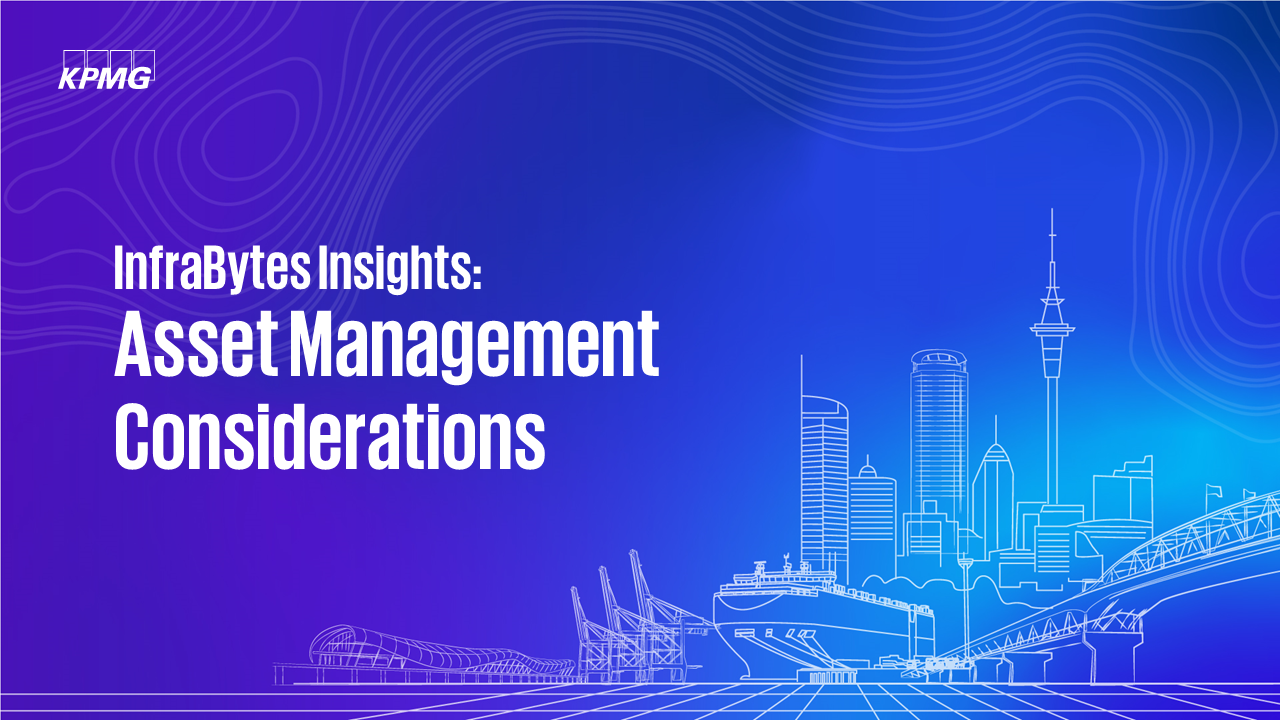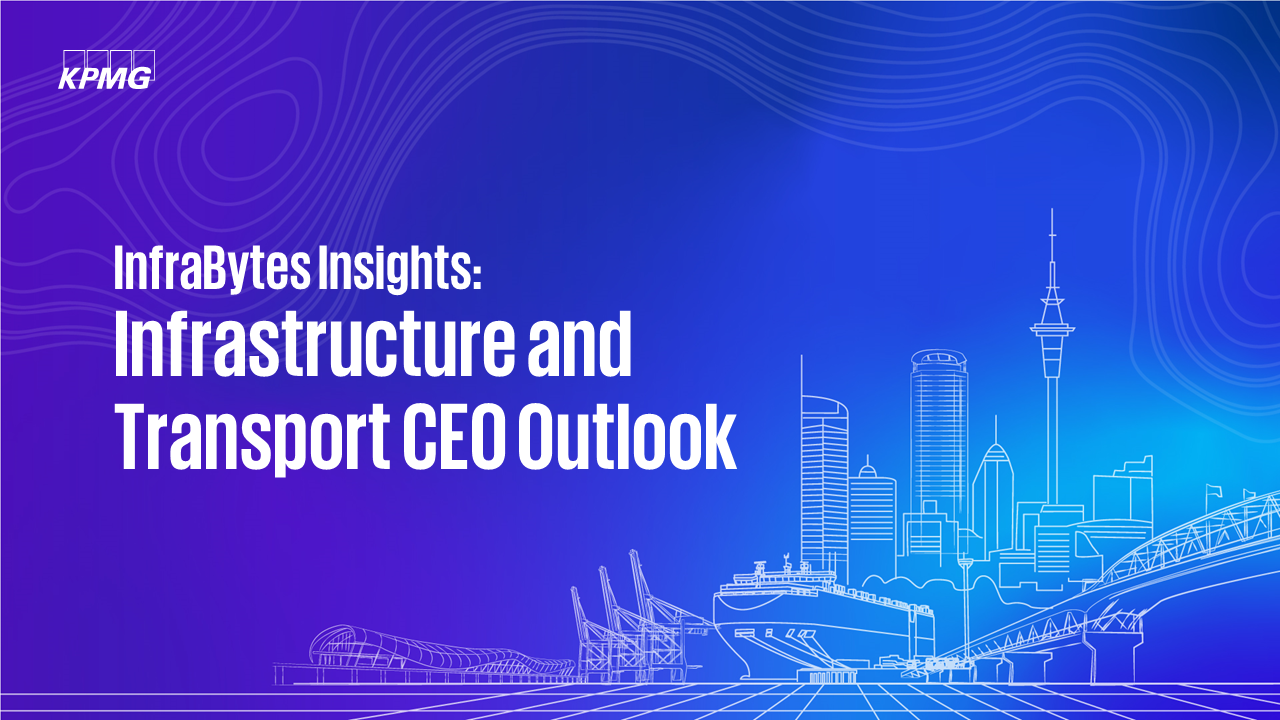New Zealand's infrastructure asset management landscape is marked by several challenges. From ensuring resilience against natural disasters like earthquakes and floods, to addressing workforce access issues, and managing ageing assets.
We must prioritise the application of digital technologies to enhance infrastructure planning, construction, and asset management.
To do this, there is an opportunity to share challenges and learnings across sectors to move forward more quickly, and more effectively, together.










